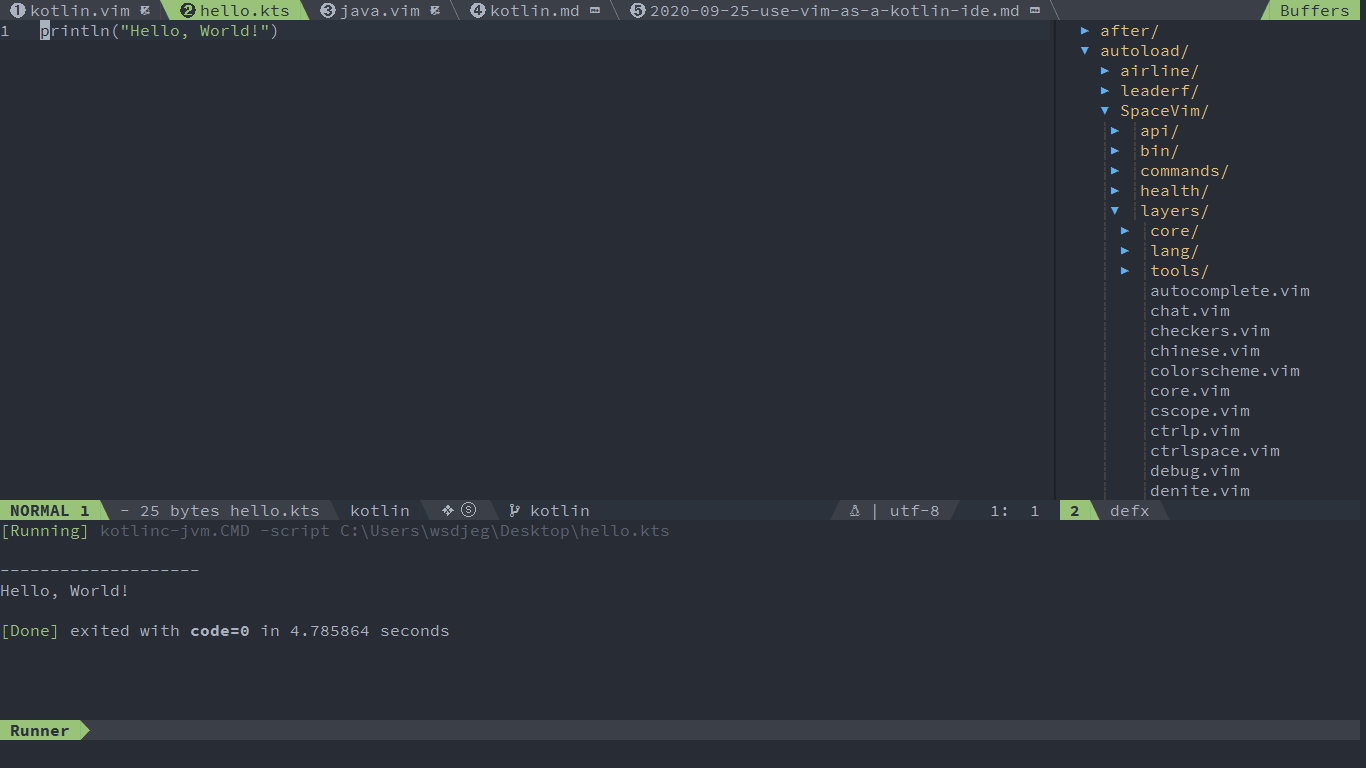


In the outermodule it can use the method_public() from DerivedClass, but it can't access the method_internal().Īnd it cannot make the method_internal as protected since it should allow access in everywhere in the core module.

In another module (the outermodule) it has a class which is derived from the BaseClass. In the app, whoever has dependency on the core module, the BaseClass can be used in the app, but in the app it cannot see the internal method_internal(). We’ll go through the details of interfaces in Kotlin. They may contain properties and functions in abstract or concrete ways depending upon the programming language. The primary constructor initializes the class, while the secondary constructor is used to initialize the class and introduce some extra logic. Interfaces in Kotlin An interface is a way to provide a description or contract for classes in object-oriented programming. In the core module, the method_internal() can be accessed outside the BaseClass. Kotlin has two types of constructors Primary Constructor Secondary Constructor A class in Kotlin can have at most one primary constructor, and one or more secondary constructors. Kotlin has dozens of concepts that have no. In the case that there are core modules, and another module (call it outermodule) which has a class derived from the class defined in the core module. Originally Answered: How do you convert Kotlin to Java code (Java, Android, Kotlin, and development). In Kotlin when applying "internal" to the member function of a public class, it is only visible inside the module. Kotlin’s internal Visibility Modifier and Java Interoperability Published JTweet Kotlin features almost excellent compatibility with Java.


 0 kommentar(er)
0 kommentar(er)
